Top 11 Most Popular Foods in Madagascar

Madagascar, a vibrant island nation off the coast of Africa, boasts a culinary landscape as diverse and captivating as its natural beauty. From fragrant spices to fresh, locally sourced ingredients, Malagasy cuisine reflects the country's rich cultural heritage. Join us on a delicious exploration of the top 11 most popular foods in Madagascar, guaranteed to pique your taste buds and satisfy your want for more.
Introduction to Malagasy Cuisine
Madagascar's cuisine reflects its history and geography, combining native ingredients with influences from immigrants and colonizers. Rice is the staple food, often accompanied by a variety of flavorful dishes. Let's dive into the diverse world of Malagasy food.
Romazava: The National Treasure
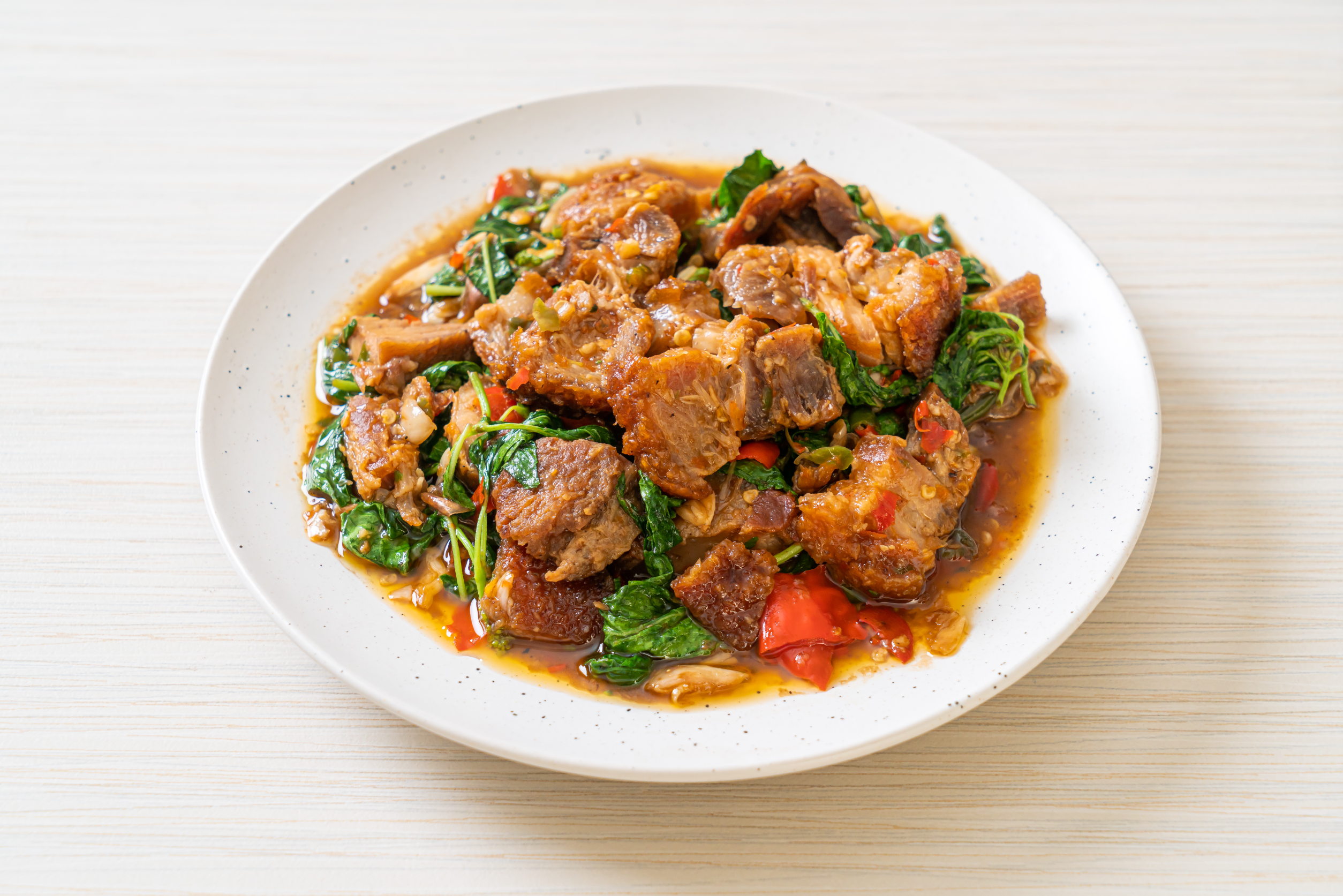
https://www.shutterstock.com/image-photo/romazava-national-dish-madagascar-consisting-greens-1862670373
Romazava, Madagascar's undisputed national dish, is a hearty stew that embodies the essence of Malagasy cuisine. It features tender greens like spinach or wild greens simmered with meat (usually beef or pork), onions, garlic, and a mixture of flavorful seasonings. This dish is typically served with rice, creating a satisfying and nourishing meal that's enjoyed by locals and visitors alike.
- Cost:
The cost varies depending on the ingredients but typically ranges from 5,000 to 15,000 MGA ($1.30 to $4).
- Taste:
It offers a rich, savoury flavour profile with a satisfying combination of tender meat and flavorful greens.
- Cultural Significance:
Romazava is not just a meal but a cultural experience, reflecting the communal and family-oriented aspects of Malagasy life.
Ravitoto: A Cassava Leaf Delight

Ravitoto is a traditional Malagasy dish that showcases the versatility of cassava leaves. These leaves, carefully selected and washed, are cooked in rich coconut milk, often with pork or beef, creating a flavorful and nutritious dish. The coconut milk's smooth consistency goes well with the earthy flavours of the cassava leaves, making Ravitoto a true culinary gem.
- Cost:
Preparation costs typically range from 3,000 to 10,000 MGA ($0.80 to $2.60).
- Taste:
The coconut milk's creamy texture complements the cassava leaves' earthy flavours, making Ravitoto a true culinary gem.
- Cultural Significance:
For anybody visiting the island, it is a must-try dish that has a special place in the hearts of the Madagascar people.
Laoka: The Main Event
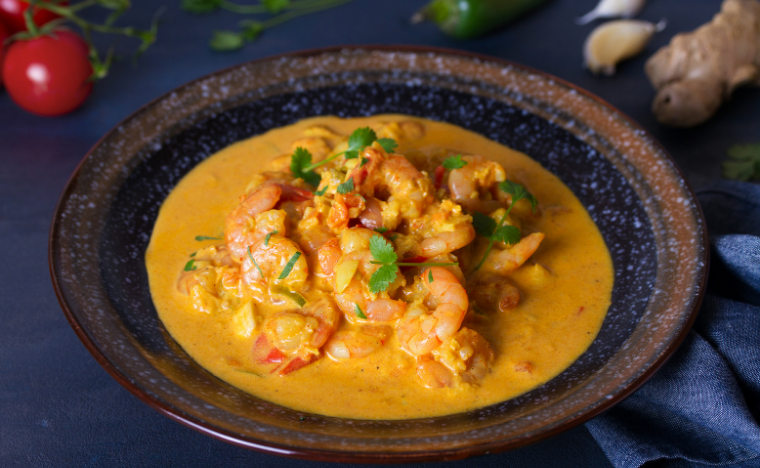
Laoka, a broad term in Malagasy cuisine, refers to the main dish of a meal. It encompasses a wide array of meat, fish, or vegetable-based dishes, each with its own unique blend of spices and flavours. Some popular Laoka dishes include:
- Ranovola: A classic beef stew slow-cooked to perfection, featuring tender beef simmered in a savoury broth with vegetables, tomatoes, and aromatic spices.
- Henakisoa: A variety of pork dishes showcasing the versatility of this beloved protein in Malagasy cuisine.
- Mofo Gasy: Fried cassava bread, a fluffy and golden-brown treat enjoyed as a snack or accompaniment to meals.
Mofo Gasy: The Cassava Bread Staple
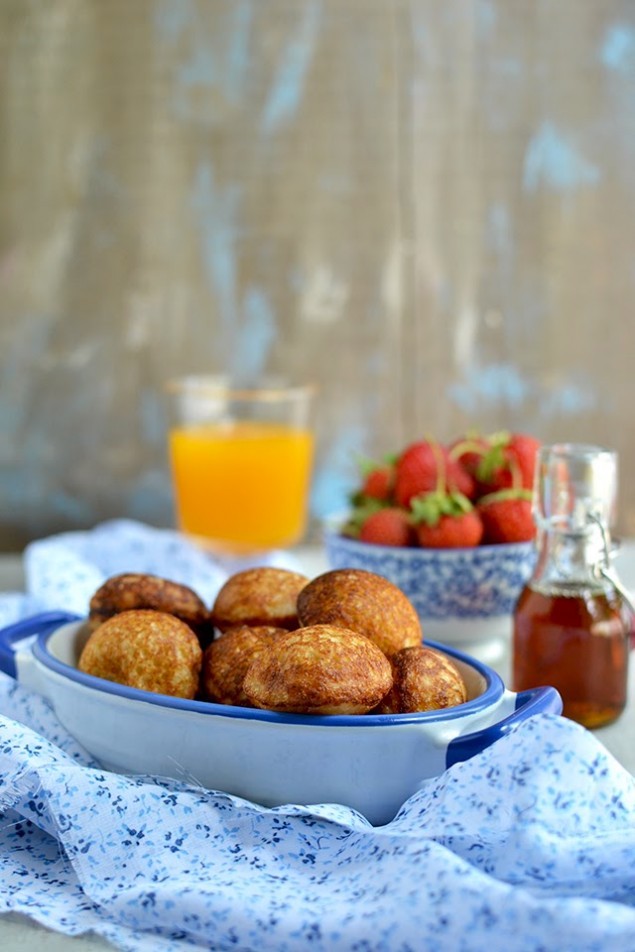
Mofo Gasy, traditional Malagasy fried bread made from cassava flour, is a beloved staple in the country's culinary landscape. These fluffy, golden-brown treats are enjoyed plain or with various fillings and toppings, such as coconut, peanuts, or honey, making them a versatile snack or accompaniment to meals.
- Cost:
A very affordable treat, typically costing around 500 to 1,000 MGA ($0.13 to $0.26).
- Taste:
With a crispy outside and a soft, chewy within, it has a mildly sweet flavour.
- Cultural Significance:
Mofo Gasy is a common breakfast item and snack, reflecting the simplicity and resourcefulness of Malagasy cuisine.
Mokary: The Versatile Malagasy Rice Cake
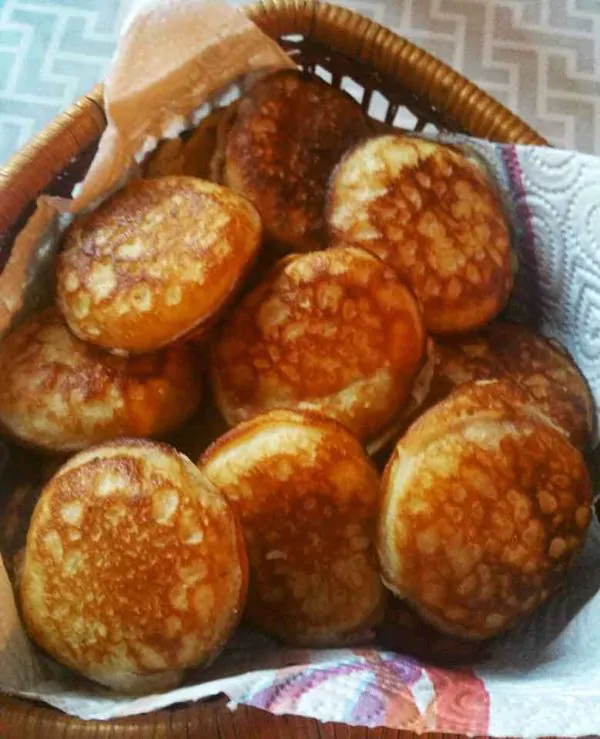
Mokary, a popular Malagasy rice cake, is typically enjoyed at breakfast with coffee or tea, made by soaking rice, mixing it with coconut milk, and roasting it, and can be served hot or cold, alone or with savoury dishes, and is widely available across Madagascar, becoming irresistible once tasted.
- Cost:
An inexpensive treat, usually priced between 500 to 1,000 MGA ($0.13 to $0.26).
- Taste:
It offers a subtly sweet flavour with a delightful combination of crispy and soft textures.
- Cultural Significance:
Once tasted, Mokary becomes an irresistible part of the daily diet for many.
Hena-kisoa: Pork in All Its Glory

Hena-kisoa encompasses all pork dishes in Malagasy cuisine. Pork is a cherished protein in Madagascar, and it's used in a variety of preparations, from grilled and roasted dishes to stews and curries, showcasing the diverse ways pork is incorporated into Malagasy cuisine.
- Cost:
The cost of pork dishes varies but generally ranges from 5,000 to 20,000 MGA ($1.30 to $5.30), depending on the preparation.
- Taste:
Hena-kisoa foods include a wide range of flavours, from acidic and sweet to spicy and savoury, showcasing the versatility of pork.
- Cultural Significance:
Pork is a central protein in Malagasy cuisine, reflecting the island's agricultural practices and culinary traditions.
Koba: A Sweet and Savory Delight
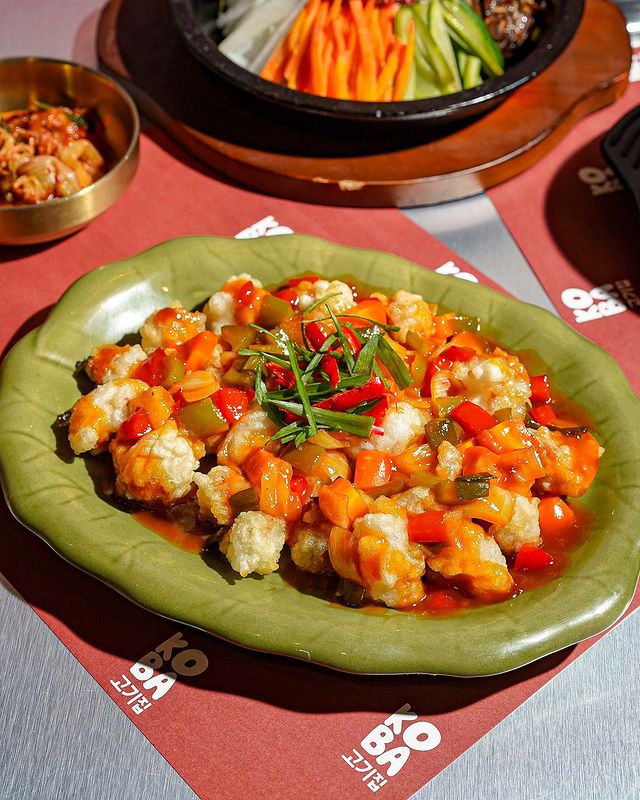
Koba, a sweet, porridge-like dish made from mashed bananas, peanuts, and sometimes rice flour, is a traditional Malagasy dessert often enjoyed as a snack or for special occasions. Its creamy texture and sweet flavours make it a delicious delicacy that fulfils desires for both sweet and savoury foods.
- Cost:
A reasonably priced treat, usually costing around 1,000 to 3,000 MGA ($0.26 to $0.80).
- Taste:
Koba has a creamy texture and sweet flavours, making it a delightful treat that satisfies both sweet and savoury cravings.
- Cultural Significance:
It is often cooked for special occasions, reflecting the importance of communal and family celebrations in Malagasy culture.
Vary Amin'Anana: Rice with a Green Twist
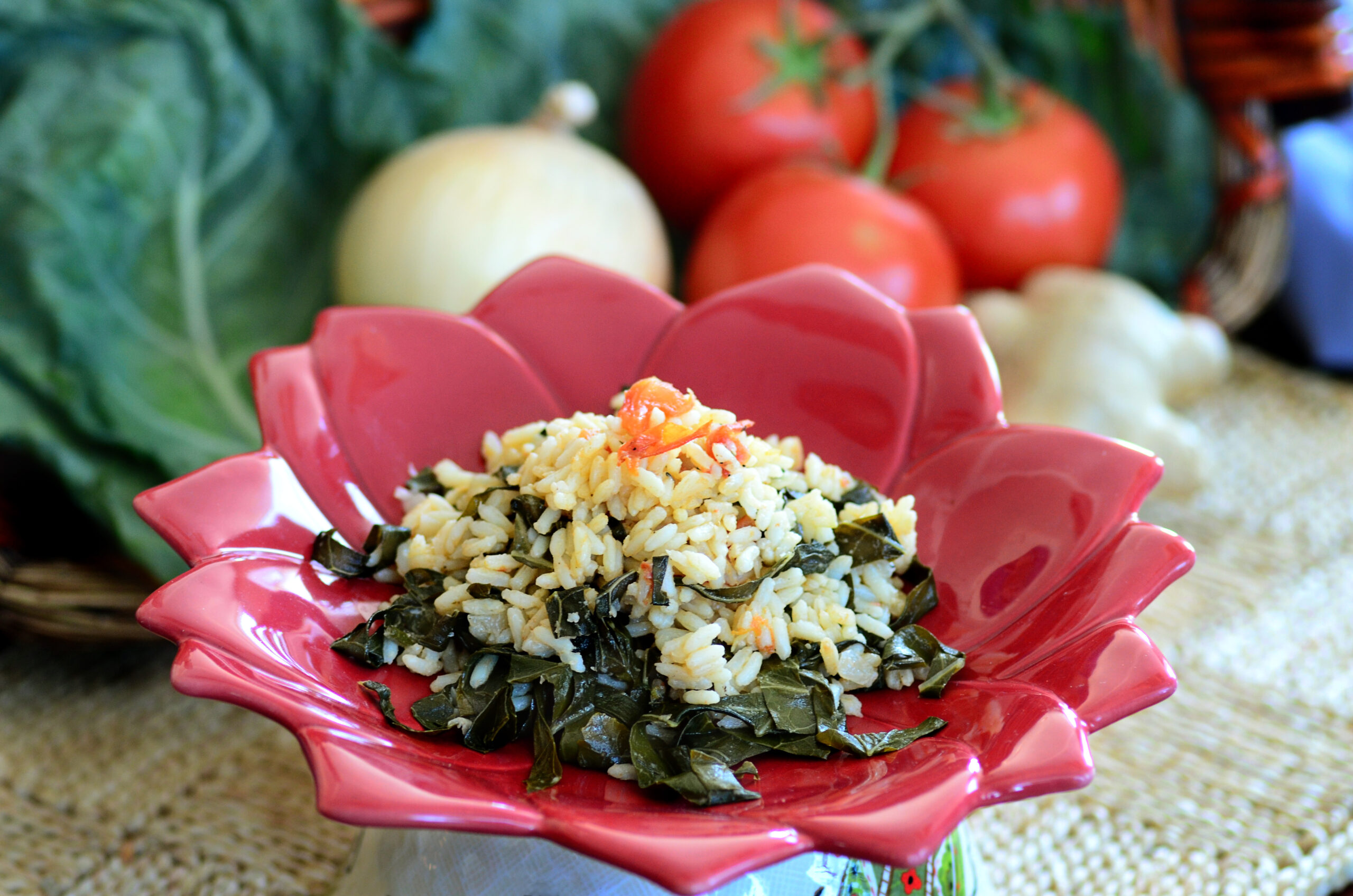
Vary Amin'Anana is a simple yet delicious rice dish featuring rice cooked with various leafy greens, such as spinach, amaranth, or wild greens. This nutritious and satisfying meal is commonly enjoyed throughout Madagascar, providing a healthy and flavorful option for everyday meals.
- Cost:
A very affordable dish, typically costing around 2,000 to 5,000 MGA ($0.53 to $1.30).
- Taste:
It offers a balanced flavour, with the freshness of the greens complementing the plain rice.
- Cultural Significance:
Vary Amin'Anana reflects the importance of locally sourced, healthy ingredients in Malagasy cuisine.
Bakely: Crispy Dumplings of Delight
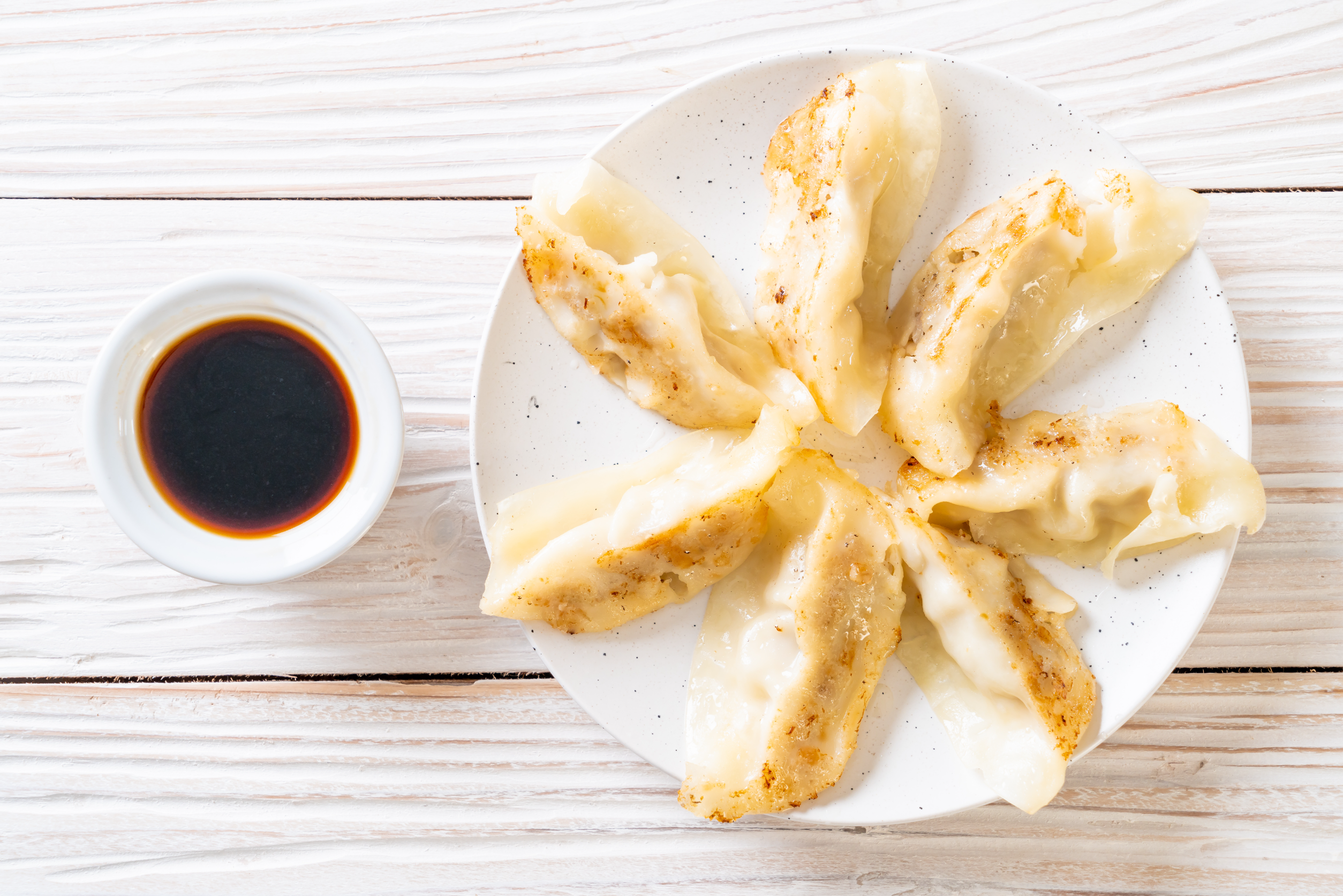
Bakely, small, fried dumplings made from a dough of rice flour, water, and sometimes coconut milk are a popular snack or side dish in Malagasy cuisine. These crispy, golden-brown treats offer a delightful combination of textures and flavours, making them a popular choice for locals and visitors.
- Cost:
An inexpensive snack, typically costing around 500 to 1,500 MGA ($0.13 to $0.40).
- Taste:
These dumplings offer a crispy exterior with a soft, chewy interior, often enhanced with a hint of coconut.
- Cultural Significance:
Bakely is a popular street food, reflecting the vibrant and diverse culinary landscape of Madagascar.
Sambaro: A Refreshing Salad Sensation
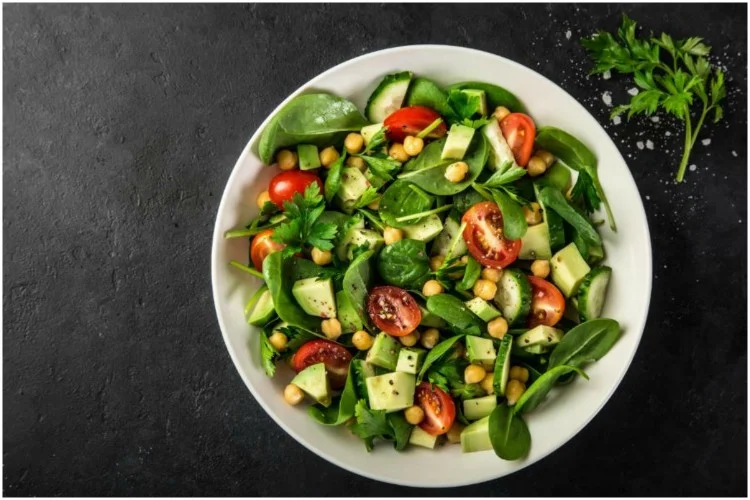
Sambaro, a traditional Malagasy salad, features shredded vegetables like carrots, cabbage, and onions dressed in a tangy and flavorful vinaigrette. It's often served as a side dish or a refreshing accompaniment to heavier main courses, adding a burst of freshness and flavour to any meal.
- Cost:
An affordable side dish, typically costing around 1,000 to 3,000 MGA ($0.26 to $0.80).
- Taste:
It offers a burst of freshness and flavor, with the tangy vinaigrette enhancing the natural sweetness of the vegetables.
- Cultural Significance:
Sambaro adds a burst of colour and freshness to Malagasy meals, reflecting the importance of balance and variety in the local diet.
Voanjobory: A Protein-Packed Snack
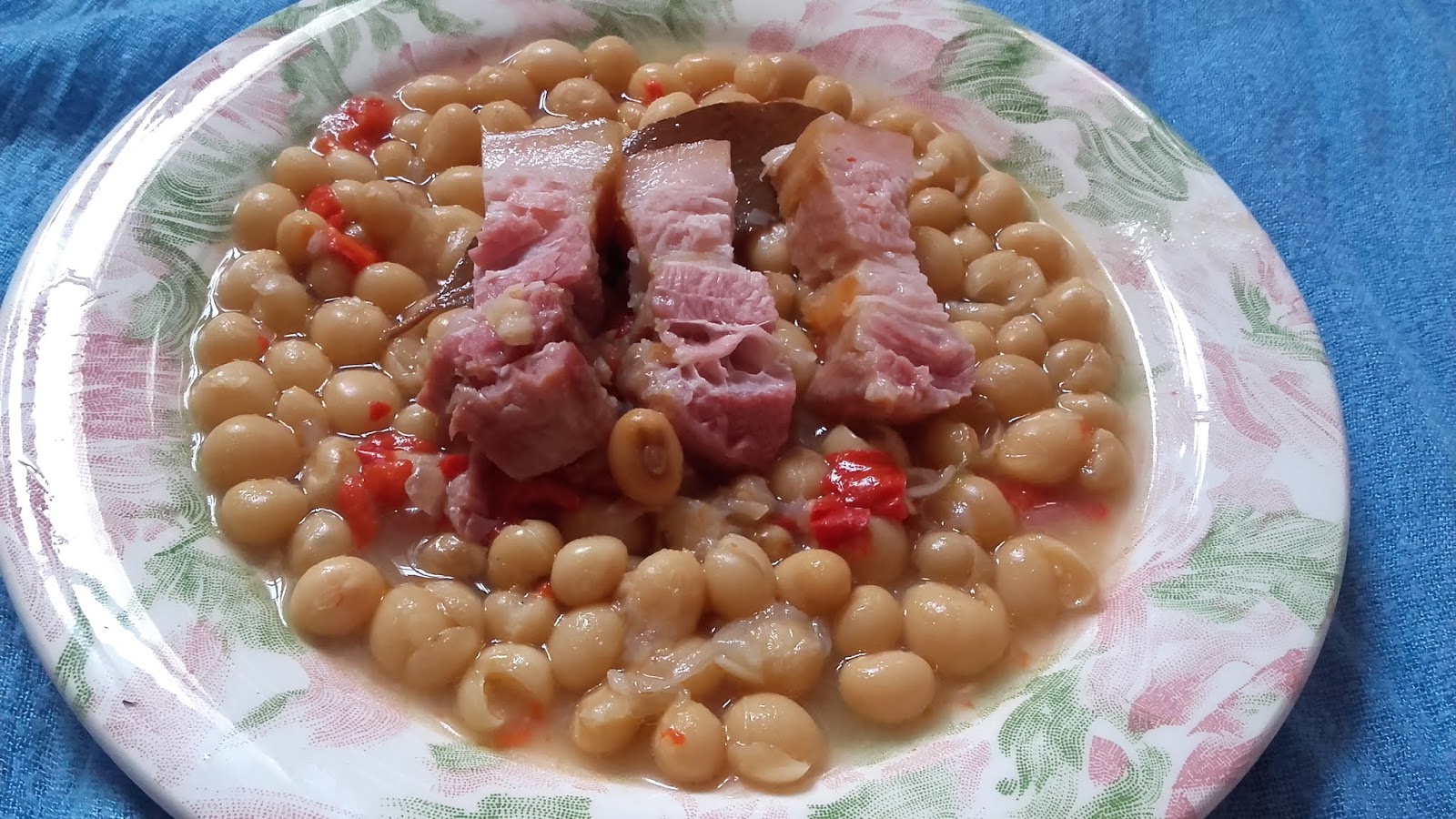
Voanjobory, boiled and seasoned soybean pods, are a common snack or side dish in Malagasy cuisine. These protein-rich and nutritious pods offer a satisfying choice for people looking for a small, satisfying bite.
- Cost:
A very affordable snack, typically costing around 500 to 1,000 MGA ($0.13 to $0.26).
- Taste:
These soybean pods offer a satisfying combination of savoury flavours and a slightly nutty taste.
- Cultural Significance:
Voanjobory reflects the importance of protein-rich, nutritious snacks in the Malagasy diet, providing a healthy option for people on the go.
The Flavors of Madagascar: A Culinary Journey
These 11 popular Malagasy foods offer a glimpse into the diverse and flavorful culinary landscape of this unique island nation. From hearty and comforting stews to sweet and savoury snacks, Madagascar's food is a true delight for the senses, reflecting the country's vibrant culture and rich culinary heritage.
FAQS
- What is the national dish of Madagascar?
Madagascar's national dish is Romazava, a stew made with leafy greens, meat, and a unique blend of spices.
- What is the most common type of rice in Madagascar?
The most common type of rice in Madagascar is "Ambroza." It is a white long-grain rice variety widely consumed throughout the country.
- Is Malagasy cuisine spicy?
Yes, Malagasy cuisine often features bold, spicy flavours, using chillies, ginger, and various aromatic spices.
- What is Ravitoto, and why is it a popular dish in Madagascar?
Ravitoto is a traditional Malagasy dish made from mashed cassava leaves, often cooked with pork or fish. Due to the abundance of cassava in the region, it is a staple food in Madagascar.
- What is a popular street food in Madagascar?
Mofo anana, small fritters made from leafy greens and deep-fried, is a popular street food in Madagascar.
- What is the significance of zebu in Malagasy cuisine?
Zebu, a type of cattle native to Madagascar, is highly revered in the culture and prominently in Malagasy cuisine. It is often used in roasts, stews, and grilled specialities.
- What are some unique herbs and spices used in Malagasy cooking?
Unique herbs and spices used in Malagasy cuisine include Voatsiperifery (a type of black pepper), Voamirana (a local ginger variety), and Tsilaitra (a fragrant leaf used for seasoning).
Get Your Madagascar eVisa
Step1: Complete the online application form by providing your passport details.
Step2: Safely process your payment using your credit card through our secure online platform.
Step3: Monitor your email for payment verification and the electronic dispatch of your eVisa.
